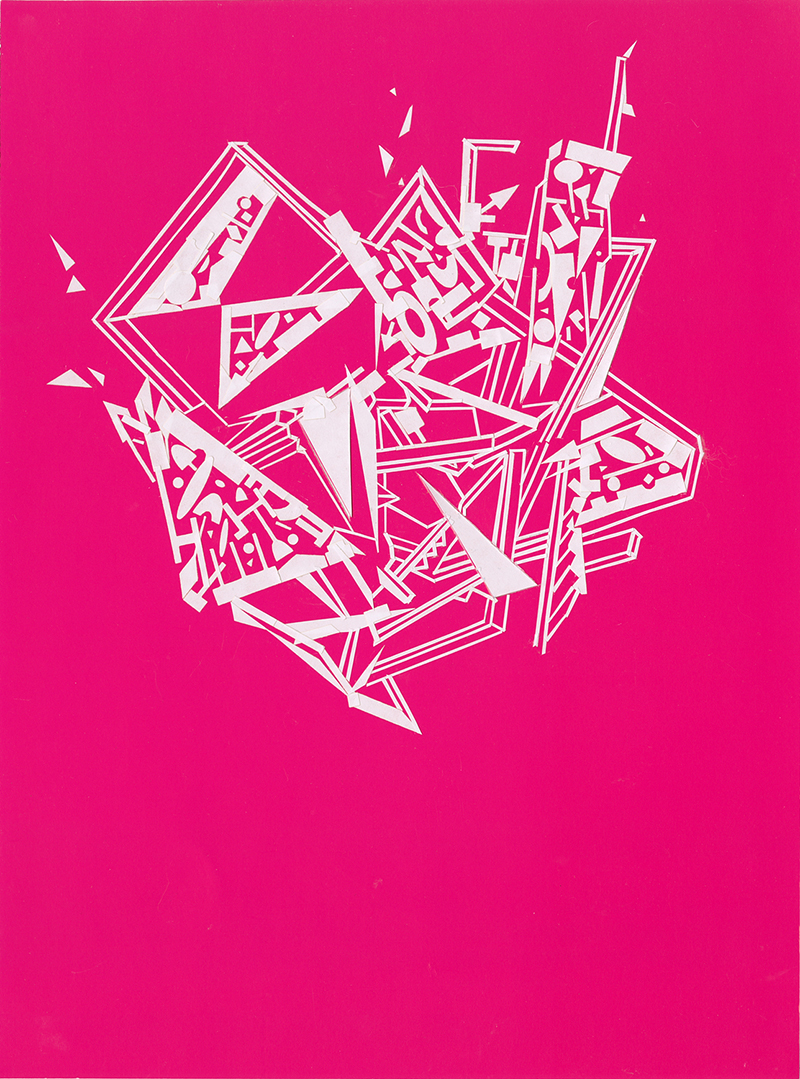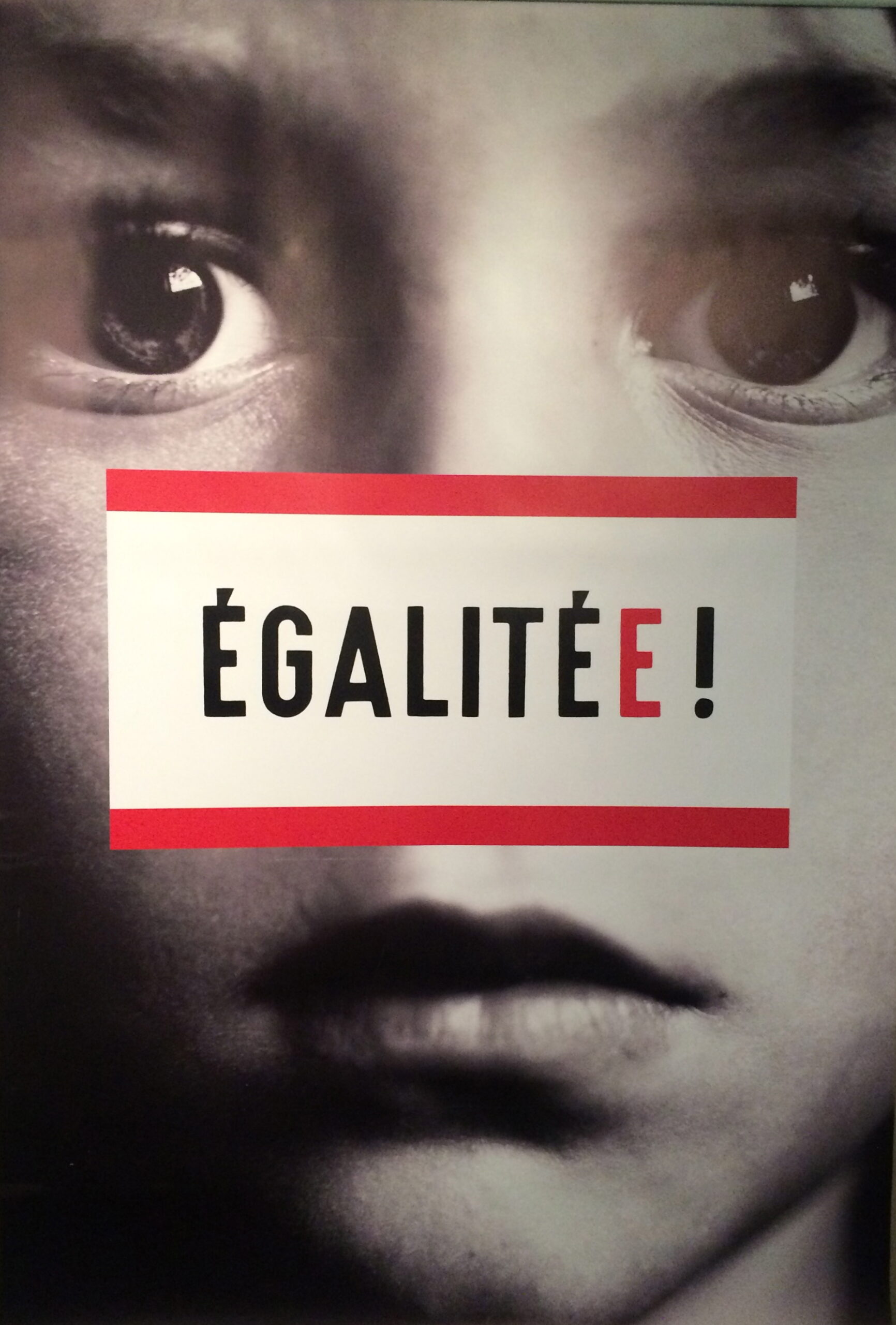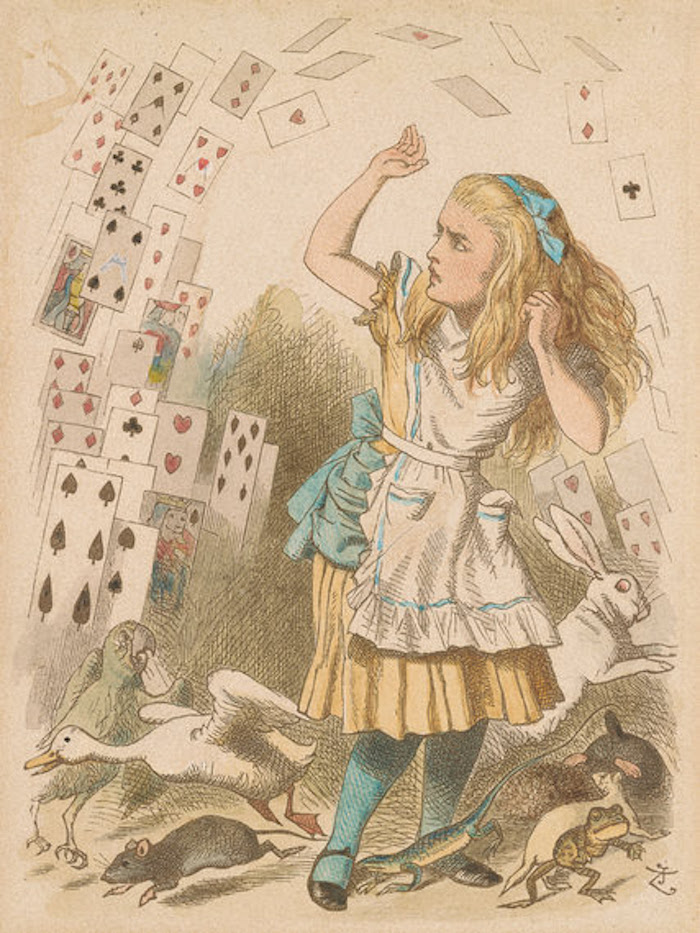Recently the London art space Raven Row staged an exhibition devoted to five issues of the magazine Studio International curated by the art historian and educator Jo Melvin. The issues were chosen from those produced by Peter Townsend during his stint as editor from the mid-1960s to the mid-’70s. In the galleries the publications themselves were shown in vitrines in multiple copies opened to different pages. Alongside was archival material relating to the design and editing of the journal and a selection of the works, mainly sculpture, featured in the magazine.
The question “Why adapt a magazine to an exhibition?” raises more general issues about adaptation. The most widespread form of adapting is, of course, books into films. Pages are transferred to the screen for a number of reasons, the most obvious being to fully exploit the commercial potential of their content. Published in 1997, the first Harry Potter book was already very widely read before it found its way to the screen in 2001, but it was the films that made JK Rowling into one of the world’s richest women, not merely the books. These movies did not just mine Potter for money, of course, they also brought the stories to new audiences and that alone is very sound reason to adapt. Steve McQueen’s film 12 Years a Slave is a largely faithful—if visually emphatic—translation of Solomon Northup’s book of the same title and, in spite of its harrowing subject, the film attracted a vast international audience and sent the original book into the best-seller lists.
While Rowling and Northup were played straight, the business of going from words to moving pictures can be anything but. Take the 2002 Spike Jonze/Charlie Kaufman film
Adaptation, which started life as a
New Yorker article by Susan Orlean about orchid poachers before becoming an elaborately self-referential film about the relationship between adapter and adaptee.
Returning to the theme of exhibition adaptations, the translation of Harold Szeeman’s When Attitudes Become Form from its original showing at Kunsthalle Bern in 1969 to a new outing in the Venetian palazzo Ca’ Corner della Regina in 2013 (curated by Germano Celant with the artist Thomas Demand and the architect Rem Koolhaas) involved some extremely self-conscious moves. In recreating the rooms of the original exhibition to scale, the curatorial team crashed into the baroque structure of the palazzo. The conjunction made it impossible to take any dimension or arrangement for granted. Although they couldn’t be more different in form or intentions, both Jonze’s film and Celant’s exhibition are adaptations that cast new light on their source material.
In part, adapting a magazine into an exhibition is about taking something that is experienced privately and making it communal. This has become a bit of a trope—it seems that the proliferation of the virtual has lead to a craving for real space and time. In spite of this desire, Five issues of Studio International didn’t quite come off as an exhibition. It was not a commercially exploitative venture—entry to Raven Row is free and the gallery even gave away the catalogue—and to an extent it did bring the magazine to new audiences—me for one—but somehow it fell flat. It felt reductive rather than expansive. In his last editorial for the magazine, which is reprinted in the catalogue, Peter Townsend is remarkably candid about the process of making the publication—financial difficulties, commercial compromise, and disagreements among participants included. None of that was evident in Melvin’s exhibition.
In the end the most successful translation that took place at Raven Row was from print to print: the original magazine to the free-of-charge John Morgan-designed catalogue with an essay by Melvin and the reproduction of several key articles. Overall then, the exercise was not in vain.




